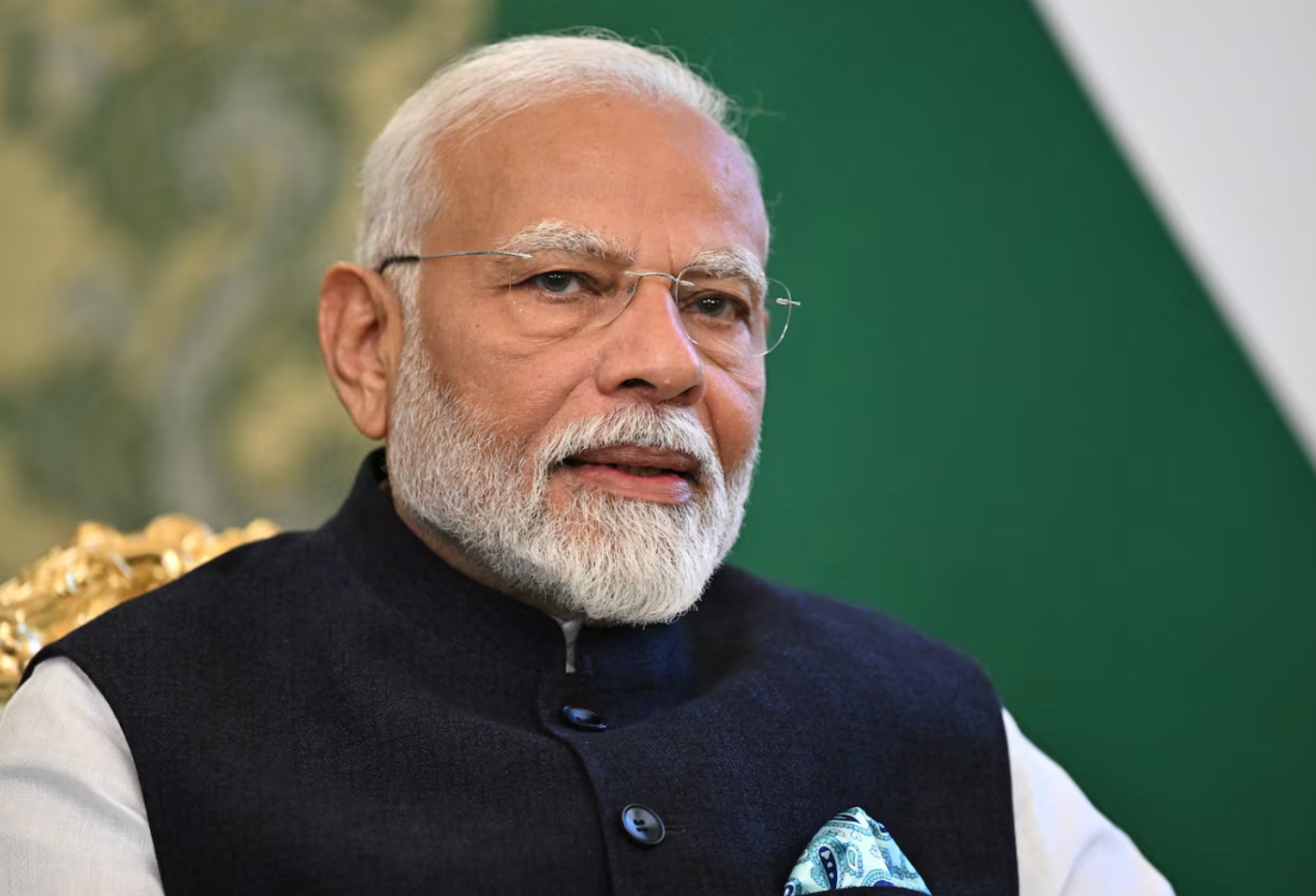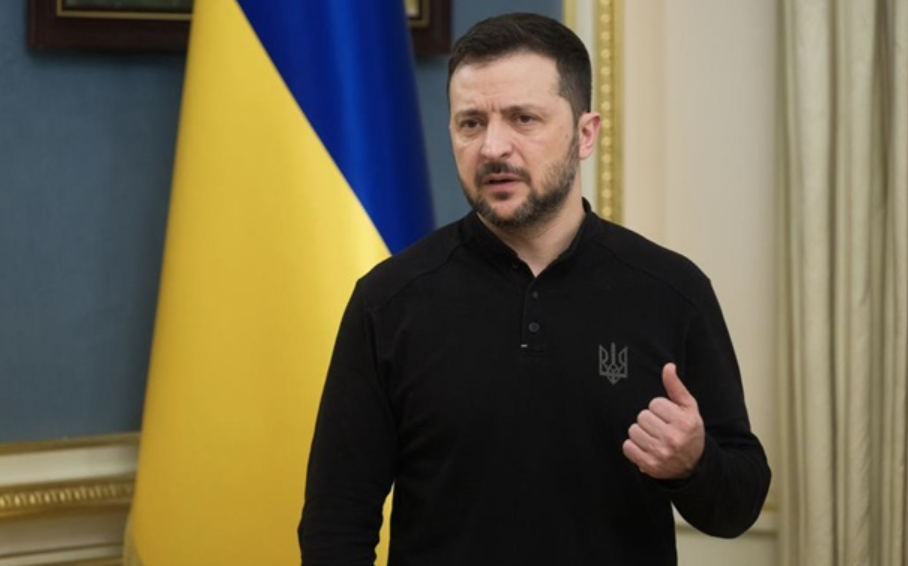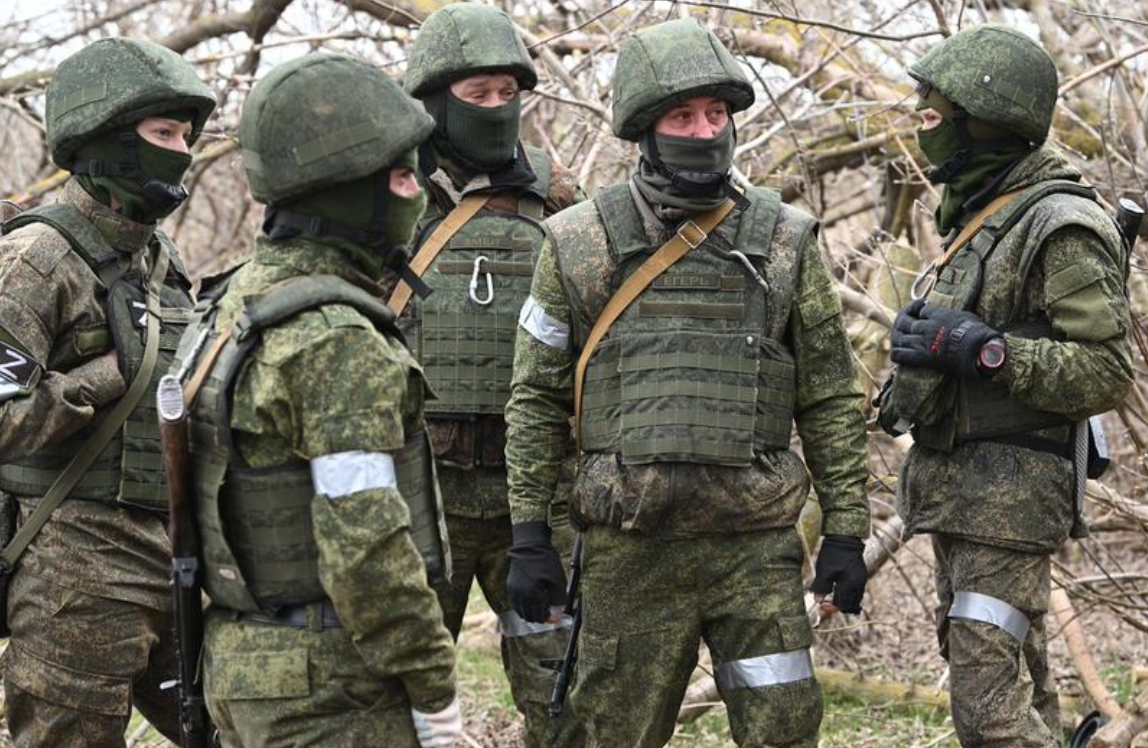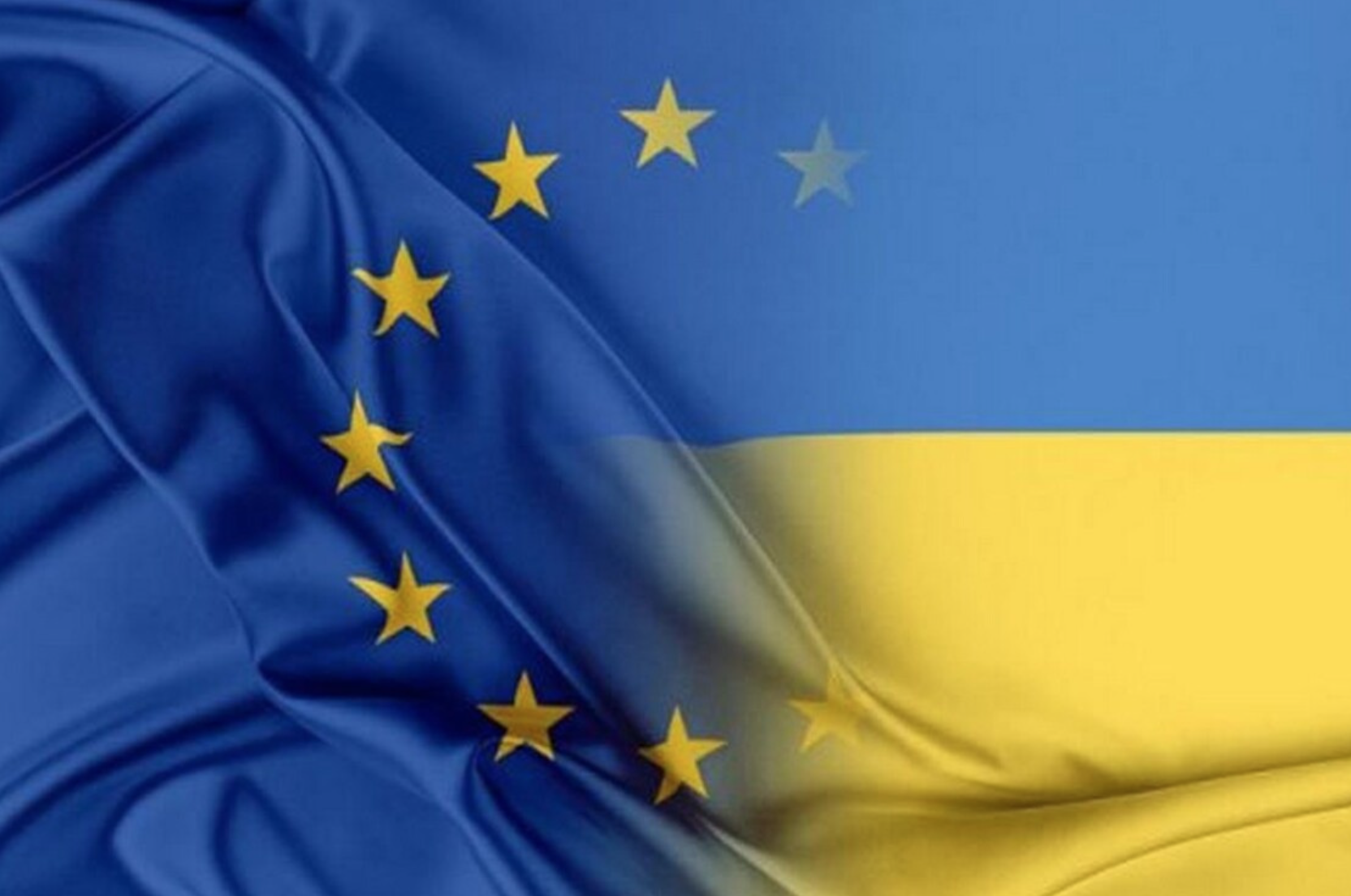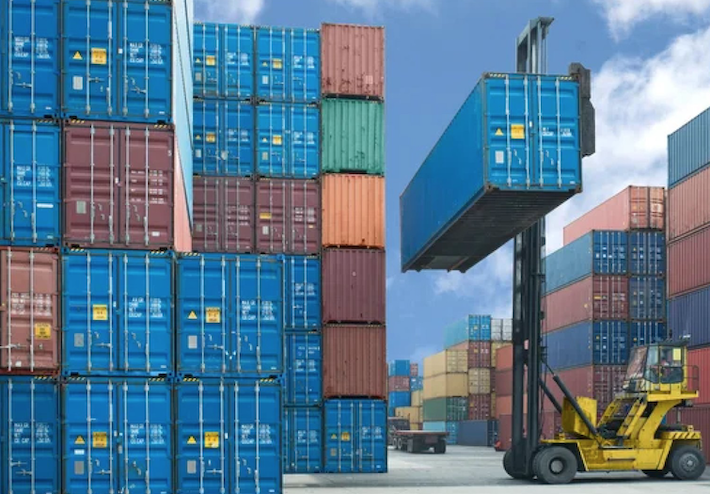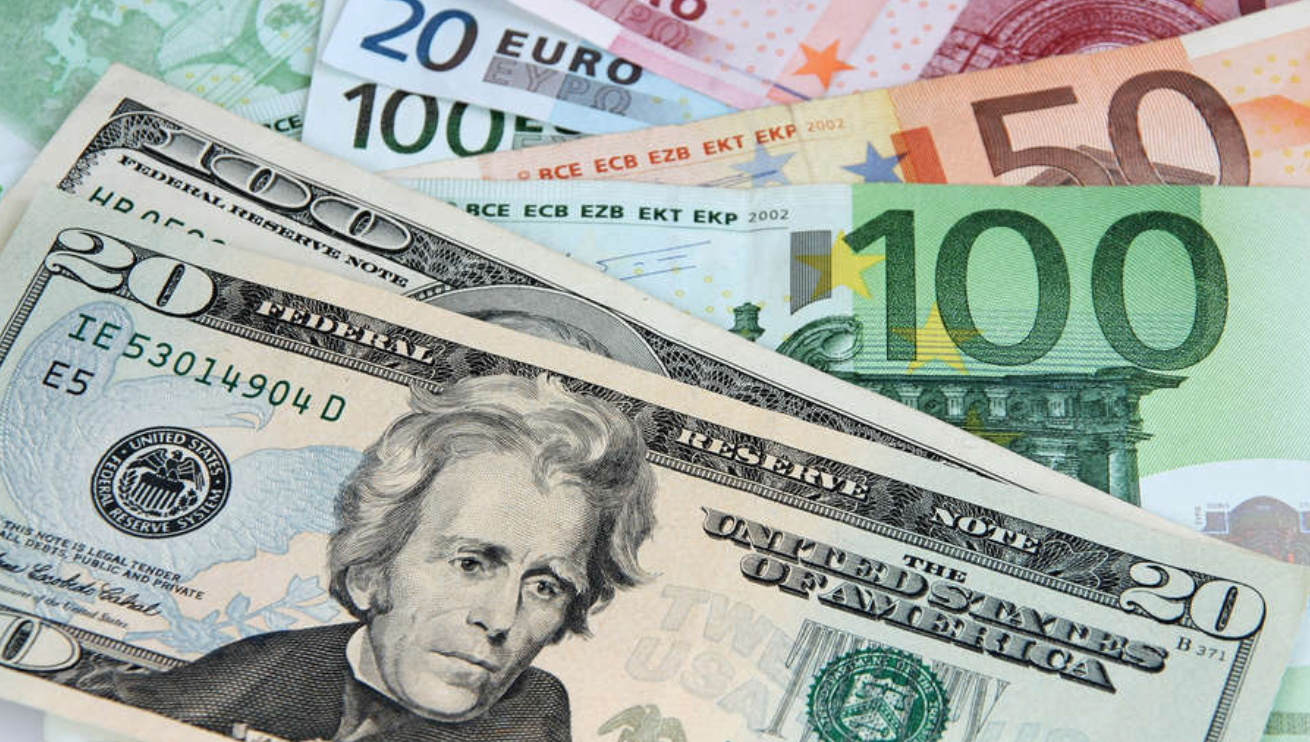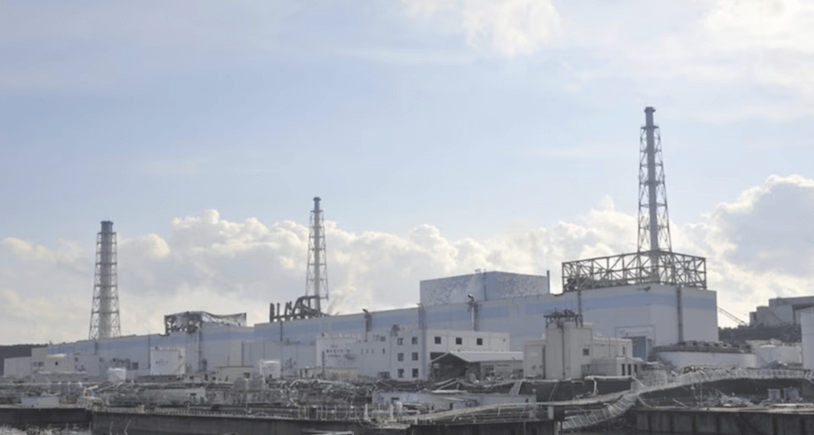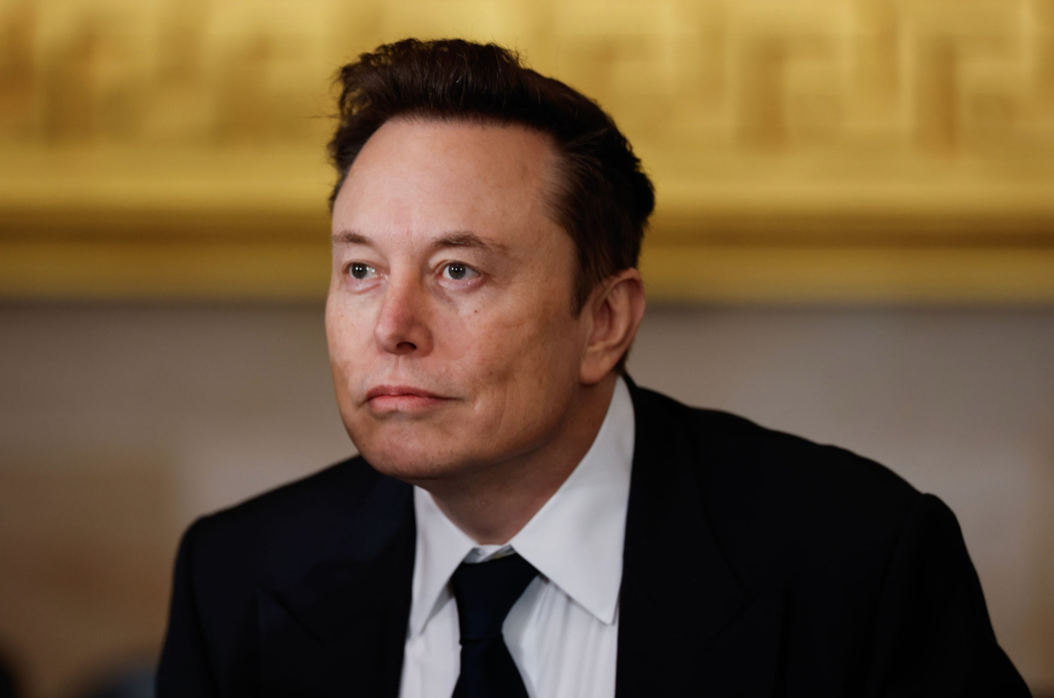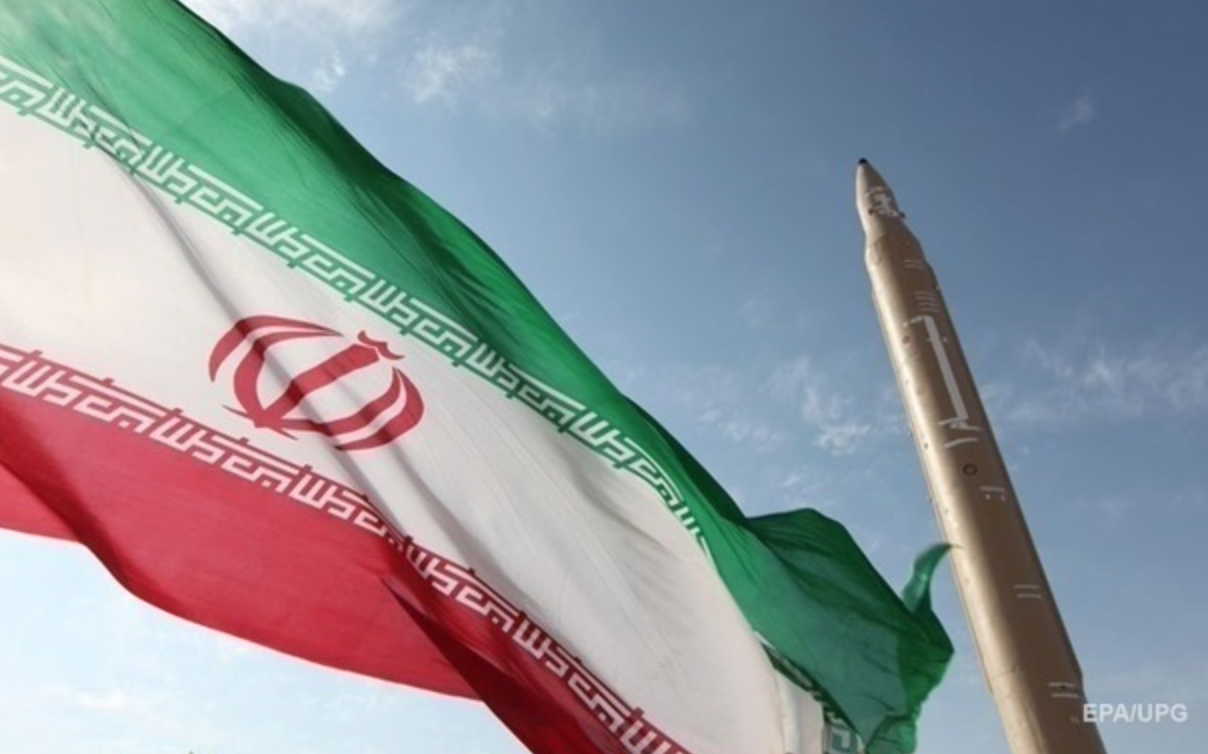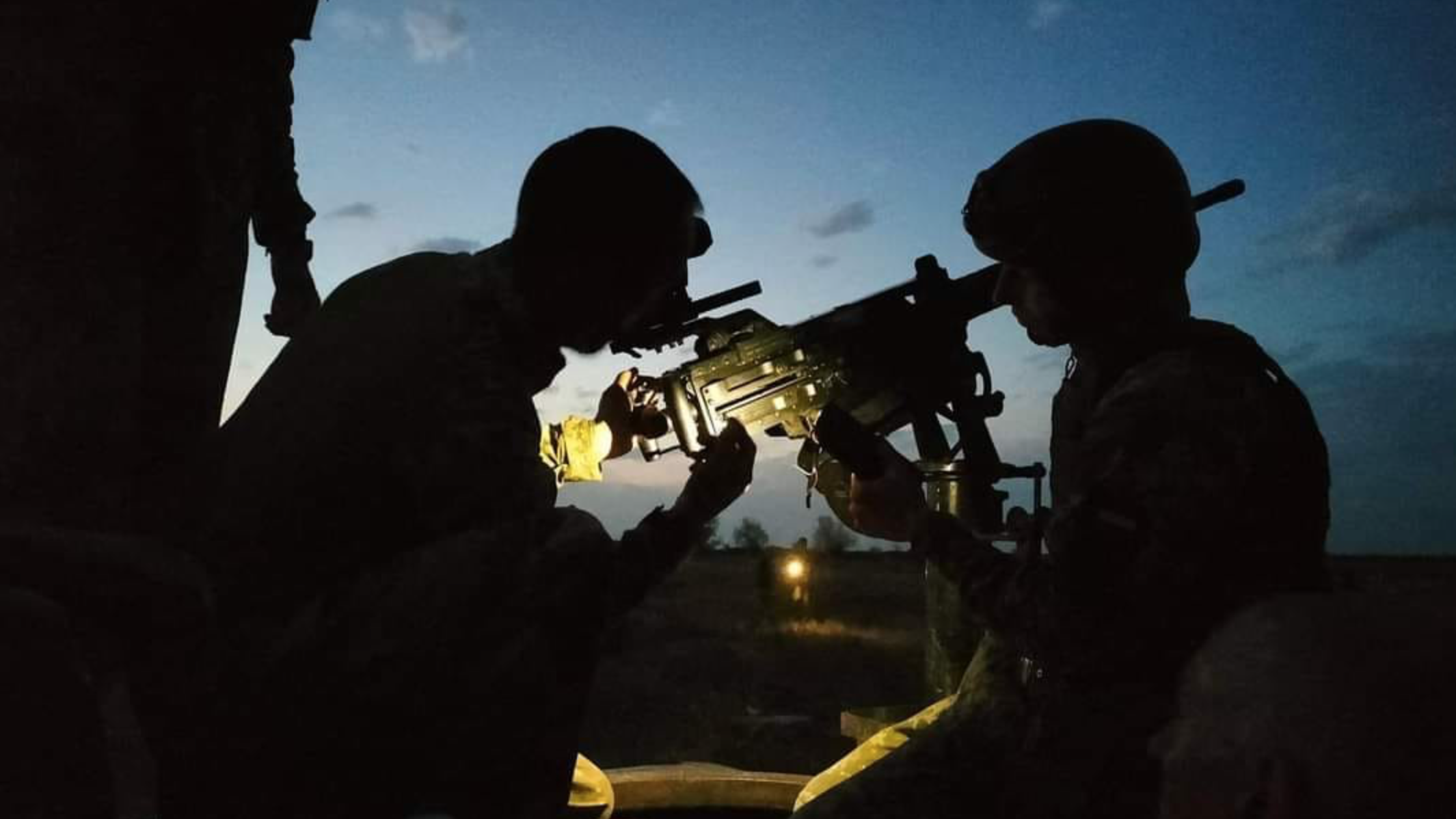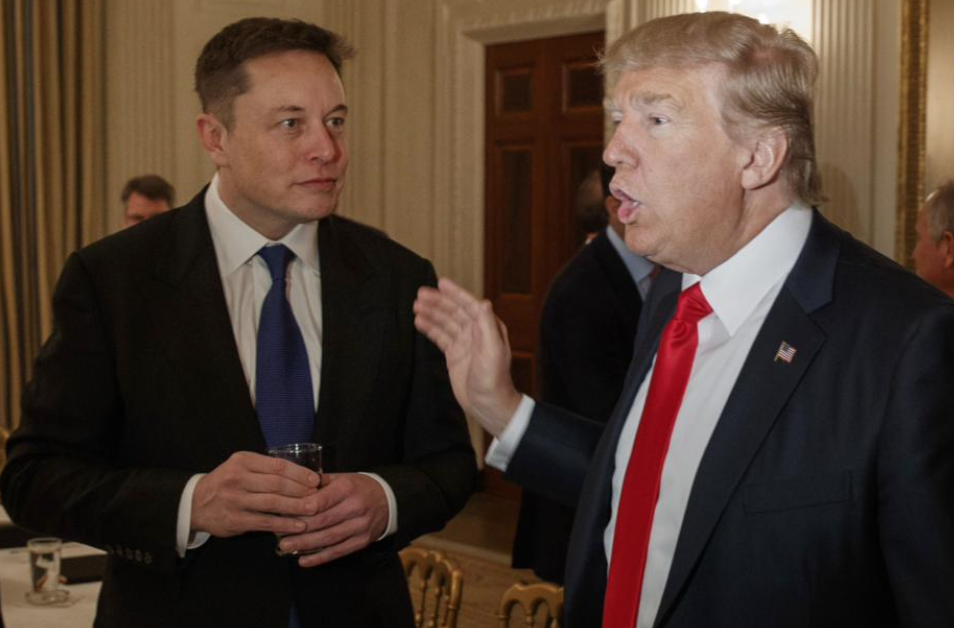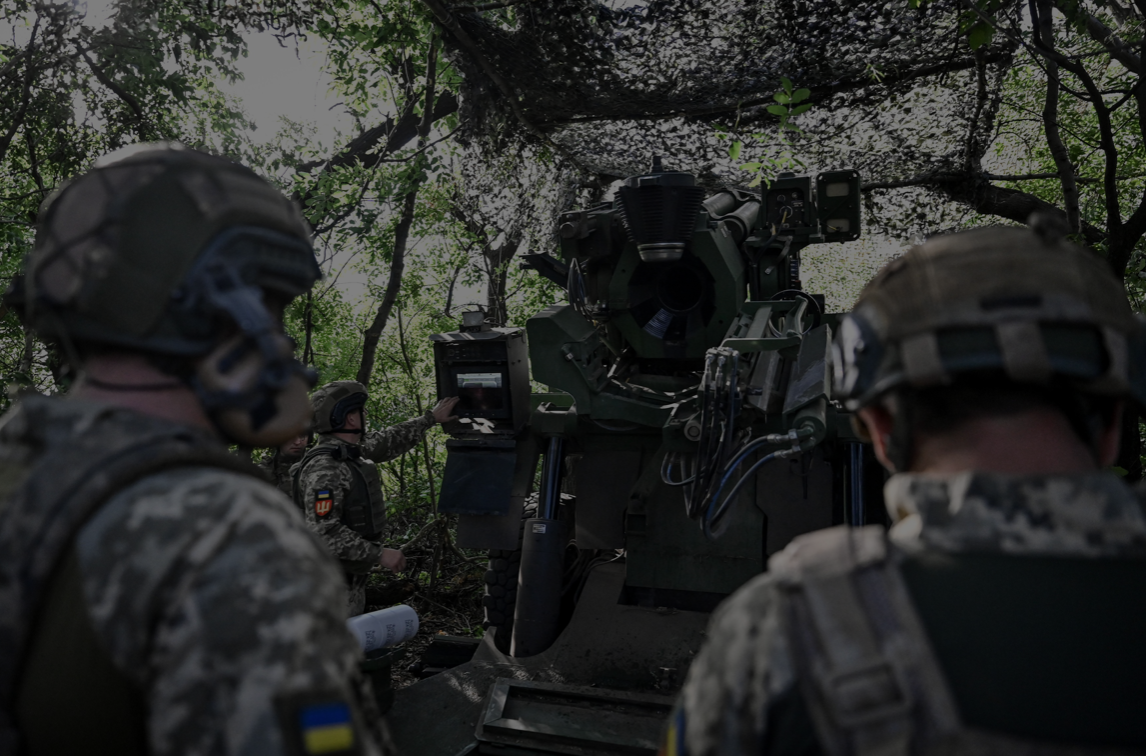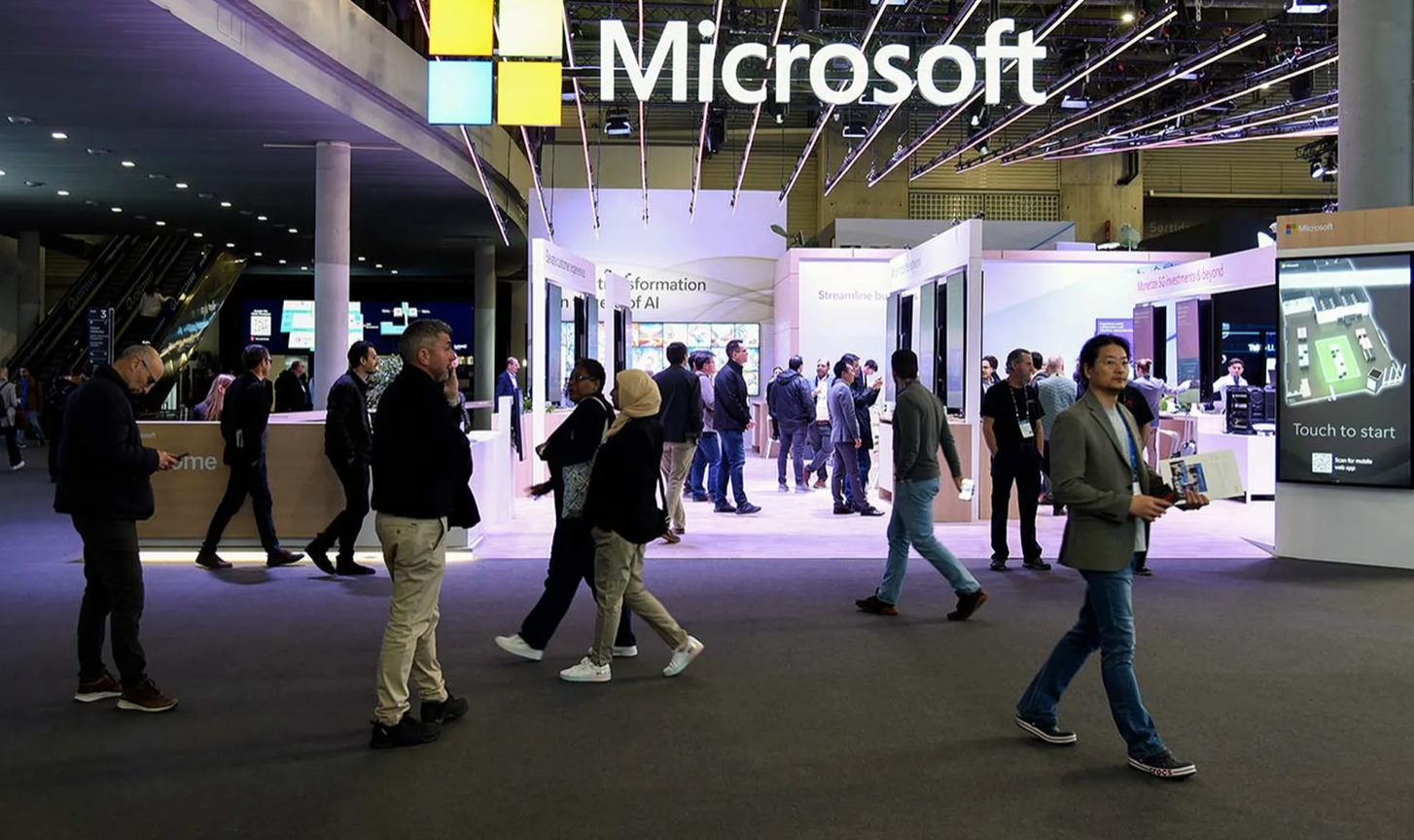Indian Prime Minister Narendra Modi. Photo: Reuters
Indian Prime Minister Narendra Modi is seeking to turn the country into a global military-industrial power, offering the world not only cheap smartphones and medicines, but now missiles, helicopters and warships. This was reported by Reuters.
As part of the new strategy, India is expanding the capabilities of the state-owned EXIM Bank to provide long-term concessional loans to countries with high political or credit risk. This should help promote Indian arms to markets traditionally dominated by Russia or the West.
According to Reuters, in the 2023-2024 financial year, India produced $14.8 billion worth of military products, up 62% from 2020. The government aims to double arms exports to $6 billion by 2029, going beyond just ammunition and components.
“India is on a steady path to increase defence exports,” said Defence Minister Rajnath Singh.
A key turning point occurred after Russia’s invasion of Ukraine, when many states began to look for alternatives to Moscow and Washington. India, which had been buying technology from both the West and Russia for decades, became attractive to new partners.
Among the most ambitious areas is Brazil, with which New Delhi is negotiating the supply of Akash anti-aircraft missile systems and even the construction of warships. Bharat Electronics has already opened an office in São Paulo, and EXIM Bank promises financial support for the deals.
“We see a huge demand for artillery ammunition,” said Ashish Kansal, CEO of SMPP. His company is already building a plant to produce large-calibre shells.
India’s competitive advantage is its price: for example, 155 mm artillery shells cost $300-400, while European ones cost more than $3,000. This makes Delhi particularly attractive to countries with limited defence budgets.
The government also plans to send at least 20 new defence attachés to Africa, Latin America and Southeast Asia by 2026, while reducing its presence in Western countries. Their task is to promote Indian weapons and study the needs of partners.
One of the first successes was Armenia, which used to rely on Russia, but now receives 43% of its arms imports from India (2022-2024), according to SIPRI.
“India is moving from procurement to export. Its aspirations are strategic autonomy and economic influence,” says analyst Viraj Solanki of IISS.
While the West is rebuilding its arms production after decades of cuts, India has never slowed down – and now has a chance to turn itself into a key player in the new global rearmament.

